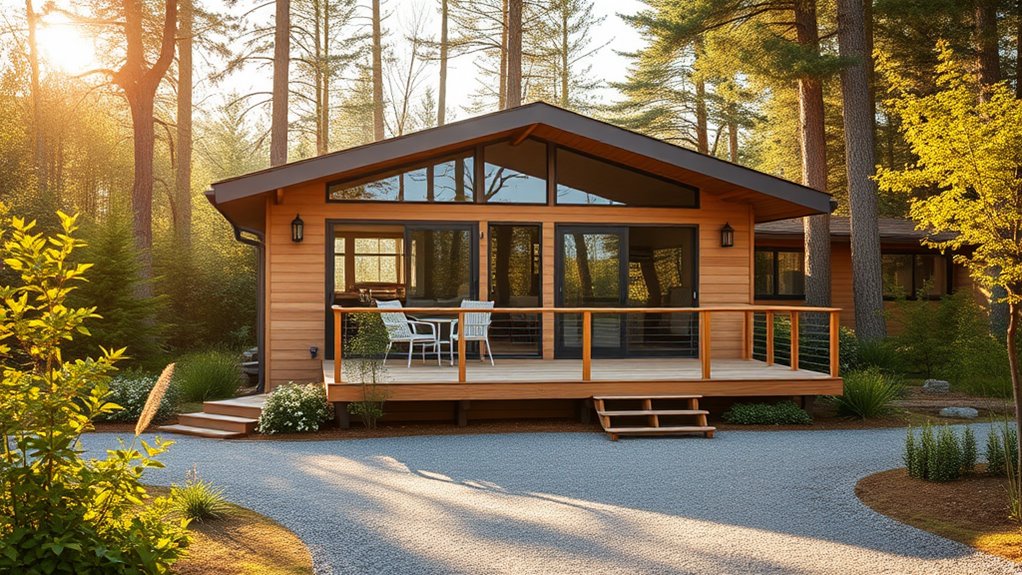Before buying a short-term rental property, you’ll need to research high-demand areas like tourist spots or business hubs, ensuring strong market appeal. Plan for a 20% down payment and higher interest rates, or explore zero-down options like VA loans. Choose property types that align with your target audience, and navigate local zoning and tax regulations carefully. Build a reliable team for management and maintenance. Discover more strategies to maximize your investment potential.
Key Takeaways
- Research market demand and local regulations before selecting a location for your short-term rental property.
- Analyze financing options and ensure strong financial health to secure favorable loan terms.
- Choose a property type that aligns with your target audience and maximizes income potential.
- Navigate zoning laws, permits, and tax requirements to ensure legal operation.
- Assemble a reliable team, including a property manager and cleaning service, for smooth operations.
Researching the Ideal Market for Your Investment
Before you invest in a short-term rental property, you’ll need to identify a market that aligns with demand and profitability. Start by targeting areas with growing market demand, such as tourist hotspots or business hubs, ensuring consistent occupancy rates for your rental properties. Analyze local businesses and infrastructure to confirm the area’s appeal; proximity to amenities often boosts rental success. Research local regulations thoroughly, as non-compliance can lead to fines or operational hurdles. Use tools like AirDNA to assess rental price trends, helping you develop competitive pricing strategies tailored to your property type. Additionally, focus on locations with seasonal demand fluctuations, allowing you to adjust pricing and maximize income during peak periods. By evaluating these factors, real estate investors can align their investment properties with market opportunities, balancing income and expenses while mitigating risks. Strategic research is your foundation for success. The rise of remote work has increased demand for short-term rentals in locations offering flexibility and unique experiences.
Understanding Financial Requirements and Financing Options
Financing a short-term rental property demands a strategic approach to meet financial requirements and secure ideal funding. Lenders often require a down payment of at least 20%, as investment properties like these are deemed higher risk. Interest rates for these loans can be 0.5% to 0.75% higher than traditional mortgages, reflecting their speculative nature. To secure favorable loan terms, guarantee your financial health is strong by presenting proof of income and a solid credit history, and expect to analyze assets and liabilities rigorously. Additionally, exploring zero-down payment options such as VA or USDA loans can provide access to real estate without significant upfront costs.
Key Considerations:
- Down Payment: Plan for 20% or more upfront to meet lender expectations.
- Interest Rates: Account for rates 0.5%–0.75% higher than standard mortgages.
- Income Stability: Demonstrate strong financial health and provide proof of income to lenders.
Analyze local market trends to gauge occupancy rates and rental income potential, guaranteeing your investment property aligns with demand. Collaborating with a lender experienced in short-term rentals can streamline the process, helping you navigate financing complexities.
Evaluating Property Types and Their Suitability

Why does property type matter when investing in a short-term rental? The property types you choose directly impact occupancy rates, income streams, and overall profitability in the vacation rentals market. Single-family homes often attract families seeking spacious accommodations, while condos appeal to solo travelers or couples due to lower maintenance and shared amenities. Townhomes balance space and affordability, making them ideal for small groups. Properties near tourist hotspots, like ski resorts or beach towns, typically yield higher occupancy rates, enhancing their suitability for short-term rentals. Effective dynamic pricing strategies can further optimize rental income by allowing quick adjustments based on market demand. Multi-unit properties, such as duplexes or triplexes, allow investors to generate multiple income streams, reducing risk and increasing cash flow. However, carefully evaluate local regulations and HOA rules, as restrictions can limit certain property types’ viability. Analyze financial reports and consult a property manager to align your investment strategies with the property type that maximizes returns while minimizing risks.
Navigating Local Regulations and Legal Considerations
Though it may seem like a secondary concern, steering through local regulations and legal considerations can make or break your short-term rental investment. Guiding through local regulations is critical to guarantee your property operates within the law. Start by researching zoning laws, as some areas restrict or ban vacation rentals. Next, review homeowners’ association rules, which may impose additional limitations. Finally, secure the necessary permits, such as a short-term rental permit or business license, to avoid fines. Compliance with lodging taxes or transient occupancy taxes is equally essential to avoid penalties. Consulting a real estate lawyer can clarify these legalities and guarantee your property meets all requirements.
Key Steps to Guide Regulations:
- Research zoning laws and restrictions to confirm short-term rentals are allowed.
- Verify homeowners’ association rules, as they may override local permissions.
- Obtain proper permits and licenses, and guarantee tax compliance to operate legally.
Assembling a Strong Team for Property Management and Support

When managing a short-term rental property, building a skilled team guarantees smooth operations and maximizes profitability. Start by hiring a property manager with expertise in short-term rentals to handle guest communications, bookings, and maintenance logistics efficiently. Partner with a reliable cleaning service to maintain high turnover rates, making certain the property is spotless for incoming guests. Secure maintenance contractors who can provide emergency responses for repairs, minimizing downtime and enhancing guest satisfaction. Implement property management software to automate tasks like guest check-ins, booking management, and financial tracking, improving operational efficiency. Regularly review guest feedback and property performance metrics to identify trends and optimize strategies. This data-driven approach guarantees continuous improvement, boosts occupancy rates, and maximizes revenue. A well-coordinated team is essential for delivering exceptional guest experiences and maintaining your property’s competitive edge in the short-term rental market.
Conclusion
Before diving into the short-term rental game, remember: You’re not just buying a property—you’re buying headaches with a side of ROI. Research markets like your Netflix queue, crunch numbers like your life depends on it, and pray local laws don’t crush your dreams. Oh, and if you skip assembling a dream team, enjoy playing handyman-by-proxy. Strategic? Absolutely. A guarantee? Only if you enjoy chaos with a dash of profit.




